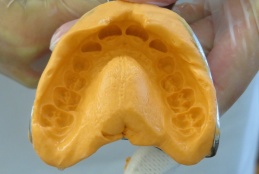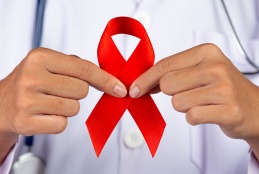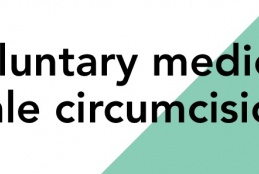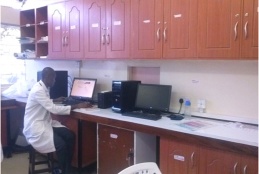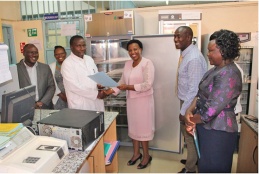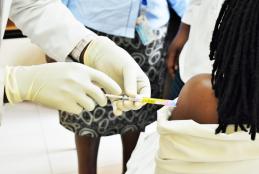Adolescents living with HIV more likely to be affected by oral diseases
Findings from a study conducted by experts revealed that children and adolescents living with HIV are
more likely to be affected by oral diseases compared to those without the virus.
Children aged between 6 years and 12 years who are mostly transitioning between primary to
permanent teeth were the targeted children in the stud. A higher percentage of them were found to be
suffering from various dental related diseases.
Untreated dental carries, dry mouth and mouth ulcers were most prevalent in the children who were

